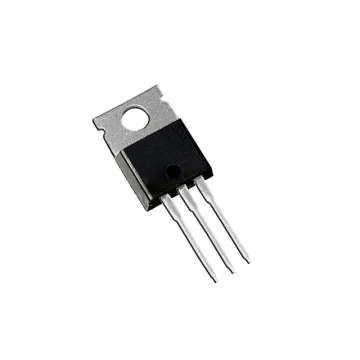Sourcing Reliable Electronic Components: A Buyer's Guide
In our rapidly advancing technological landscape, electronic components are the backbone of nearly every device we use. Whether you're manufacturing electronics on a large scale or working on a DIY project, sourcing reliable electronic components is paramount. This buyer's guide will navigate you through the intricacies of finding trustworthy suppliers and ensuring the quality of your electronic parts.
1. Define Your Requirements:
Before you start your search, clearly outline the specifications and requirements of the electronic components you need. Consider factors like voltage, current, resistance, tolerance, and form factors. Knowing exactly what you need is the first step in the procurement process.
2. Choose Reputable Suppliers:
Identifying reliable suppliers is crucial. Look for established distributors and manufacturers with a proven track record. Check for certifications and reviews. Reputable suppliers often adhere to quality standards and provide warranties.
3. Counterfeit Components Awareness:
The electronics industry is unfortunately plagued by counterfeit components. Be vigilant about checking for counterfeit products. Request traceability and documentation from your suppliers to verify the authenticity of the components.
4. Request Samples:
To assess the quality and compatibility of the components with your project, it's a good practice to request samples before making bulk purchases. This allows you to verify that the components meet your specifications.
5. Quality Control and Testing:
Implement a quality control process to inspect components upon receipt. Perform electrical and functional tests to ensure they meet your requirements. This step is especially critical for mission-critical applications.
Capacitive Touch Displays: The Technology Behind Modern Interactive Screens
Differences Between An LED Display And LCD Monitor
An engineer's defense of the pedestrian push button
14 Basic Electrical Components & Their Functions
Everything You Need To Know To Find The Best best laser light
6. Traceability:
Maintain records of your purchased components, including their origins, specifications, and suppliers. This traceability will be invaluable in case of any issues, such as recalls or warranty claims.
7. Lead Times and Reliability:
Consider lead times when selecting suppliers. Ensure that the suppliers can consistently meet your delivery schedule to avoid project delays.
8. Cost-Benefit Analysis:
While cost is a significant factor, it's essential to balance it with quality and reliability. Cheap components may lead to costly problems in the long run, so prioritize quality over the lowest price.
9. Supplier Relationships:
Building strong relationships with your suppliers can lead to better support, faster responses to issues, and priority access to new components.
10. Documentation and Compliance:
Ensure that the electronic components you purchase come with proper documentation, including data sheets and compliance with industry standards. This documentation is critical for design, testing, and regulatory compliance.
In conclusion, sourcing reliable electronic components is a fundamental aspect of any electronics project. By following this buyer's guide and working with reputable suppliers, you can ensure that your electronic components meet your specifications, perform as expected, and contribute to the success of your projects. Remember, quality and reliability should always be your top priorities when sourcing electronic components.




